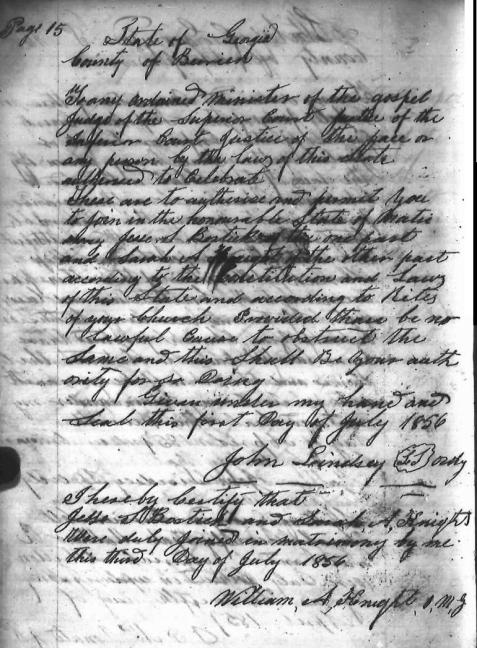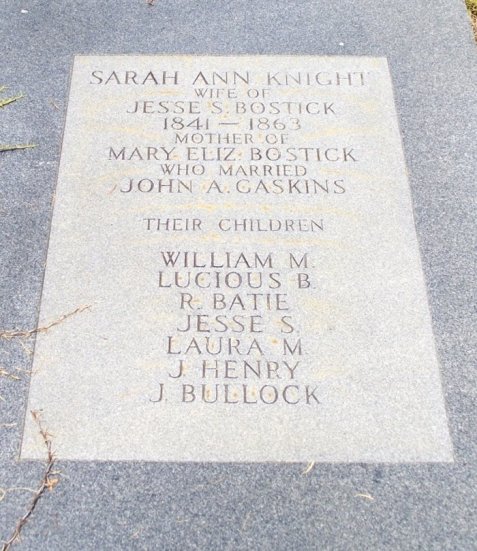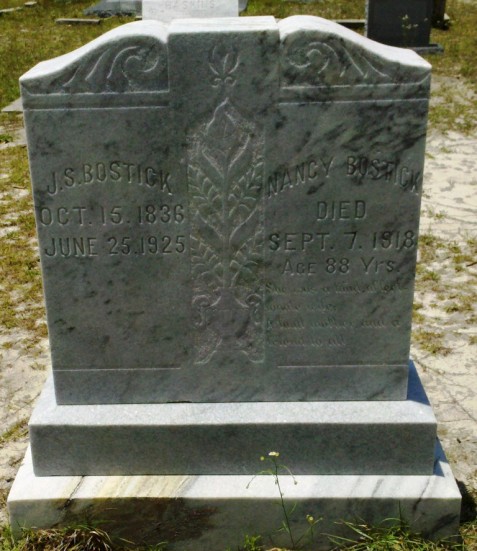Shellie Loyd Webb was among the Berrien County men who were drafted in the summer of 1918 as replacement troops for the war in France.

Private Webb entered service in July 16, 1918. Was attached to First Company, Coast Artillery Corps, Over-seas Replacement Draft, Ft. Screven, Ga. Embarked for over-seas service in September, 1918, sailing on the ill-fated transport “Otranto,” which was sunk off the Scottish Coast in a collision October 6, 1918. Private Webb was one of the soldiers drowned.
He was born near Ray City,GA (fka Ray’s Mill) on August 25, 1894, one of eleven sons born to John Thomas Webb and Mary Webb. He grew up on his father’s farm in the 1329 Georgia Militia District, where he worked as a farm laborer.
Shellie Webb registered for the draft in Berrien County on June 5, 1917. He was a tall, dark and handsome young man, nearly six and a half feet, with medium build, blue eyes and dark hair. Still single at age 23, he worked on his own account and for his father as a farmer.
Inducted into the army at Nashville, GA on July 15 as a part of the Over-seas Replacement Draft, he was immediately sent along with other men of Berrien county to Ft. Screven, GA. There, Private Webb entered service in July 16, 1918. He was attached to First Company, Coast Artillery Corps, Ft. Screven, Ga. Many of the Berrien men were placed into other companies of the Coast Artillery Corps including Bennie Griner, Ralph Knight, John F. Moore, Thomas J. Sirmons, George Hutto, James M. Deloach, and Benjamin F. McCranie among others.

WWI soldiers drilling on the beach, Ft. Screven, GA.
Shellie Webb trained on artillery through the late summer. On September 25, 1918 he and other Berrien men embarked for over-seas service, sailing on the armed transport HMS Otranto. The Otranto joined Convoy HX50, a convoy of troop ships and escorts crossing the North Atlantic, and about 10 days into the voyage was off the coast of Scotland.
On October 10, 1918 the British Admiralty issued a statement that another transport, the Kashmir, had collided with the Otranto. The collision occurred on Sunday, October 6, 1918.
ADMIRALTY STATEMENT
“At 11 o’clock on Sunday the armed merchantile cruiser Otranto, Acting Captain Ernest Davidson in command, was in collision with the steamship Kashmir. Both vessels were carrying United States troops. The weather was very bad and the ships drifted apart and soon lost sight of each other. The torpedo boat destroyer Mounsey, was called by wireless and by skillful handling succeeded in taking off 24 officers and 239 men of the crew and 300 United States soldiers and 30 French sailors. They were landed at a North Irish port.
The Otranto drifted ashore on the island of Islay. She became a total wreck. Sixteen survivors have been picked up. There are missing and it is feared drowned, 335 United States soldiers, 11 officers, 85 men of the crew, including men with merchantile ratings.
The Kashmir reached a Scottish port and landed its troops without casualties.
For days, newspapers around the world carried accounts of the the disaster; the heroics of the survivors and tragedy of the dead. Hundreds of bodies washed up on the shores of Islay, among them the body of Shellie Loyd Webb. The people of Islay labored to inter the dead soldiers with dignity and respect.
BURIAL AT KILCHOMAN
ISLAND OF ISLAY (Scotland) Thursday October 10. – American dead from the transport ship Otranto will be buried in the little churchyard at Kilchoman in wide graves accommodating twenty bodies each. The church was too small to hold more than a hundred bodies, and scores were placed under improvised shelters in the churchyard.
As rapidly as the bodies can be assembled from now on they will be buried in groups of twenty in an open field on the edge of a cliff commanding a wide view of the sea and directly overlooking the scene of the wreck.
A memorial service will be held tomorrow at the church. It will be conducted by the Rev. Donald Grant, who, with Mrs. Grant, were leaders in rescue work. American and British officers, the Islay authorities and islanders will attend. After the simple service has been read a military salute will be fired over the graves.

1918 Funeral Service for Victims of the Otranto Disaster, Island of Islay, Scotland
The Atlanta Constitution
Nov 17, 1918 Pg B10
American Anthem Sung at Funeral of Otranto Victims
Britons Broke Time-Hallowed Custom That Called for “God Save the King” and Sang “Star Spangled Banner.”
Bridgend, Island of Islay, Scotland, October 12. — The time-hallowed custom of singing “God Save the King” at the conclusion of every formal British ceremony was broken at the funeral services last Friday for the American soldiers who lost their lives with the sinking of the transport Otranto in collision off the Scotch coast with the Kashmir.
As a tribute to the American soldiers buried side by side with the naval officers and men from the wrecked British transport, the British national anthem was followed by the singing of “The Star-Spangled Banner,” which included several high naval and military officers and virtually the entire population of the island joined. Few new the words, but the islanders carried the tune with their soft Gaelic voices, standing with their heads bared to the sharp wind from the sea.
It was a delicate courtesy that was deeply appreciated by the United States army officers and American Red Cross officials present.
To attend the funeral the islanders came from the remotest parts of Islay, some driving 30 miles in the springless, jolting “box carts,” familiar to Americans who have toured Ireland and Scotland.
Up to that time the bodies of 100 victims had been recovered and given temporary burial in an open field near the little church at Kilchoman, which looks out over the cliff to the scene of the wreck. The procession, which formed in the churchyard, followed the bodies of the Otranto’s captain, G.W. Davidson, and the ship’s chief engineer to the burial ground. The Laird of Islay’s pipers headed the cortege, playing Scotch dirges as they marched. Then came a firing party, with arms reversed; next, the three clergymen of the island, the Rev. Donald Grant, of the Scottish Presbyterian church; an Episcopal minister and a Roman Catholic priest. Then came the bearers of the British and American flags. the latter being Sergeant C. A. McDonald of Galesburg, Ill., one of the survivors. United States army and American Red Cross officers marched, as the chief mourners, behind the flags, followed by British naval and military officers, the laird, Hugh Morrison, and other prominent men of Islay.
A guard of the Argyllshire constabulary, brought from the mainland, had been posted around the graves.
Simple services, consisting chiefly of the reading of prayers, were conducted by Mr. Grant, assisted by the priest and the Episcopal minister. A salute of six volleys was then fired, after which the British and American national anthems were sung.
The graves were wide shallow pits, the bodies being covered only with sod, while American soldiers were making coffins for the regular internment which was soon to follow.

Military Salute to Otranto Victims, Kilchoman Cemetery, Island of Islay, Scotland. A military salute being fired over the mass graves of American troops killed in the wreck of the Otranto which occured October 6, 1918. Among the dead were two soldiers from Ray City, GA, Shellie Loyd Webb and Ralph Knight.

Graves of Otranto Men, Kilchoman Cemetery, Island of Islay, Scotland.
It is not definitively known that Shellie L. Webb was included in the processional and burial described above, as bodies continued to wash up on the shores of Islay for weeks after the Otranto was destroyed. When military authorities were able to make a full accounting of the surviving and the dead, his father, John Thomas Webb , of RFD #1 Ray City, was notified of his death.
After the war a decision was reached to bring home the remains of the soldiers who died in the Otranto disaster.
The Atlanta Constitution
June 26, 1920
DEAD OF THE OTRANTO TO BE BROUGHT HOME.
Paris, June 25. — The exhumation of the bodies of 489 American soldiers which were washed upon the rocky shores of the Island of Islay, off the Scottish coast, after the sinking of the transports Tuscania and Otranto in 1918 will be started July 1, it was announced here today.
The Scottish clan which inhabits the lonely spot has taken the most tender care of the graves and the Chief had given a pledge that the clan would look after the graves as if they were its own until the end of time. The Chief pleaded that the bodies be left on the island, but the relatives in many cases wished them to be returned and it was decided by the Graves Registration Service to remove them all.
The coast of Islay is so steep and rocky that the coffins will have to be carried down trails cut in the rocks or lowered by ropes and tackles to a waiting barge, which will convey them to a transport off shore.
But with the exhumation of the Scottish graves the authorities were unable to account for the remains of Shellie Loyd Webb. While the bodies of other soldiers were returned and re-interred on American soil, the whereabouts of Shellie Webb was an unsolved mystery. Despite earlier reports, the Webb family did not know if he had been lost at sea, or if his body had been recovered and buried in Scotland.
Finally, ten years after the fact, Shellie Webb’s mother received word that the grave of her son had been located in Scotland.
The Adel News
Friday October 12, 1928, pg 1
Shellie L. Webb Otranto Victim
Sleeps in his native soil
Funeral Services Held at Morris Cemetery Sunday Morning
The remains of Mr. Shellie Lloyd Webb, one of the twenty-seven Berrien county young men who perished on the ill-fated Otranto which had a collision with another vessel and went down off the coast of Ireland during the world war, to be exact on the 6th day of October, 1918, was buried at the Morris cemetery in Berrien county Sunday morning at eleven o’clock. Mr. Webb was a son of Mrs. J.T. Webb of Ray City. He was about twenty-two years of age when he paid the supreme sacrifice for his country, being on his way to France when the ship went down. His body was recovered and during these years was buried temporarily in Ireland. He was unaccounted for and during all these years his mother and brothers have waited anxiously to know if he had been buried or had been lost in the ocean. The authorities had been unable to tell them definitely. All the while they had the request of the mother on file in Washington for information on her boy. A short while ago when the Government had determined to move the bodies of the heroes from their temporary resting place in the National cemetery and when they had been exhumed it was found that the young man’s identification card was on his coffin and upon notification Mrs. Webb requested that his body be sent home, which was done. Of the thirty young men from Berrien county, which then included Cook and most of Lanier on the Otranto, only three escaped death. They are all living today and are: Mr. Earlie Stewart, of Nashville, Mr. Grady Wright, of Jacksonville, and Mr. Ange Wetherington of Colquitt county. Mr. Wright and Mr. Wetherington jumped to another boat which had come to the rescue and Mr. Wright had his foot and leg badly injured. Mr. Stewart got to land. The accident occurred in sight of land, it is said.
The funeral services for Mr. Webb were largely attended and were deeply impressive. They were conducted by Elder Davis of Alapaha, assisted by Elder Carver. The pall bearers were Dr. M.L. Webb, Mr. U.T. Webb, Dr. F. W. Austin, Mr. C.R. Tillman, Mr. G.H. Flowers, and Col. H.W. Nelson. Mr. Webb was a perfect specimen of manhood being nearly six and a half feet high and weighing close to two hundred pounds. He was a gallant young man and had many friends who were grieved when he died. Indeed, Berrien county and this section felt the pang of anguish in every home almost when so many of her brave young men met death at once time while on their way across the mighty deep to meet a foreign foe. Mr. Webb is survived by his devoted mother and ten brothers. Dr. M.L., L.H., T.J., L.O., M.B., U.T., H.P., H.W., W.C., and Homer Webb.
Funeral arrangements were in charge of Undertaker A.D. Wiseman of Adel.
After a journey of ten years and 4000 miles Shellie Loyd Webb was laid to rest for the final time at Pleasant Cemetery (formerly Morris Cemetery) about 10 miles west of Ray City, GA.

Grave Marker of Shellie Loyd Webb, Pleasant Cemetery, Berrien County, GA
Related Posts:











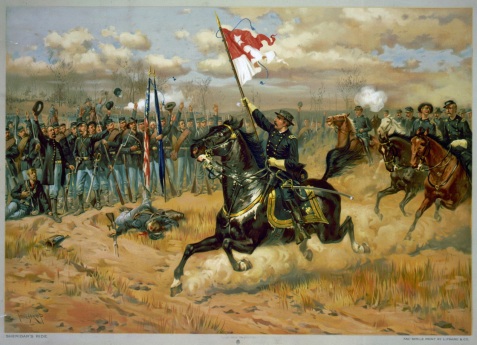
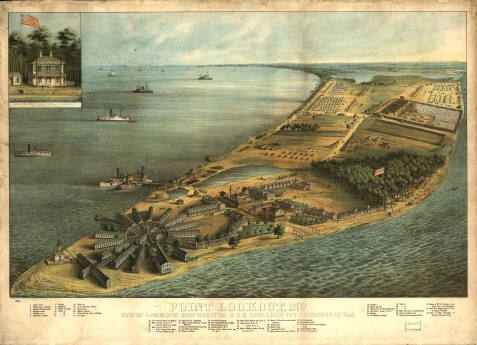
![Prisoners at Point Lookout, MD taking the oath of allegiance. A group of prisoners stand in a building, with the U.S. Flag draped across the ceiling, each with his hand on a Bible. A Union officer stands at a dias administering the oath of allegiance to the Union. Image courtesy of Civil War Treasures from the New-York Historical Society, [Digital ID, nhnycw/ae ae00007] http://memory.loc.gov/ammem/ndlpcoop/nhihtml/cwnyhshome.html](https://raycityhistory.files.wordpress.com/2011/05/oath-at-pt-lookout.jpg?w=477&h=345)
